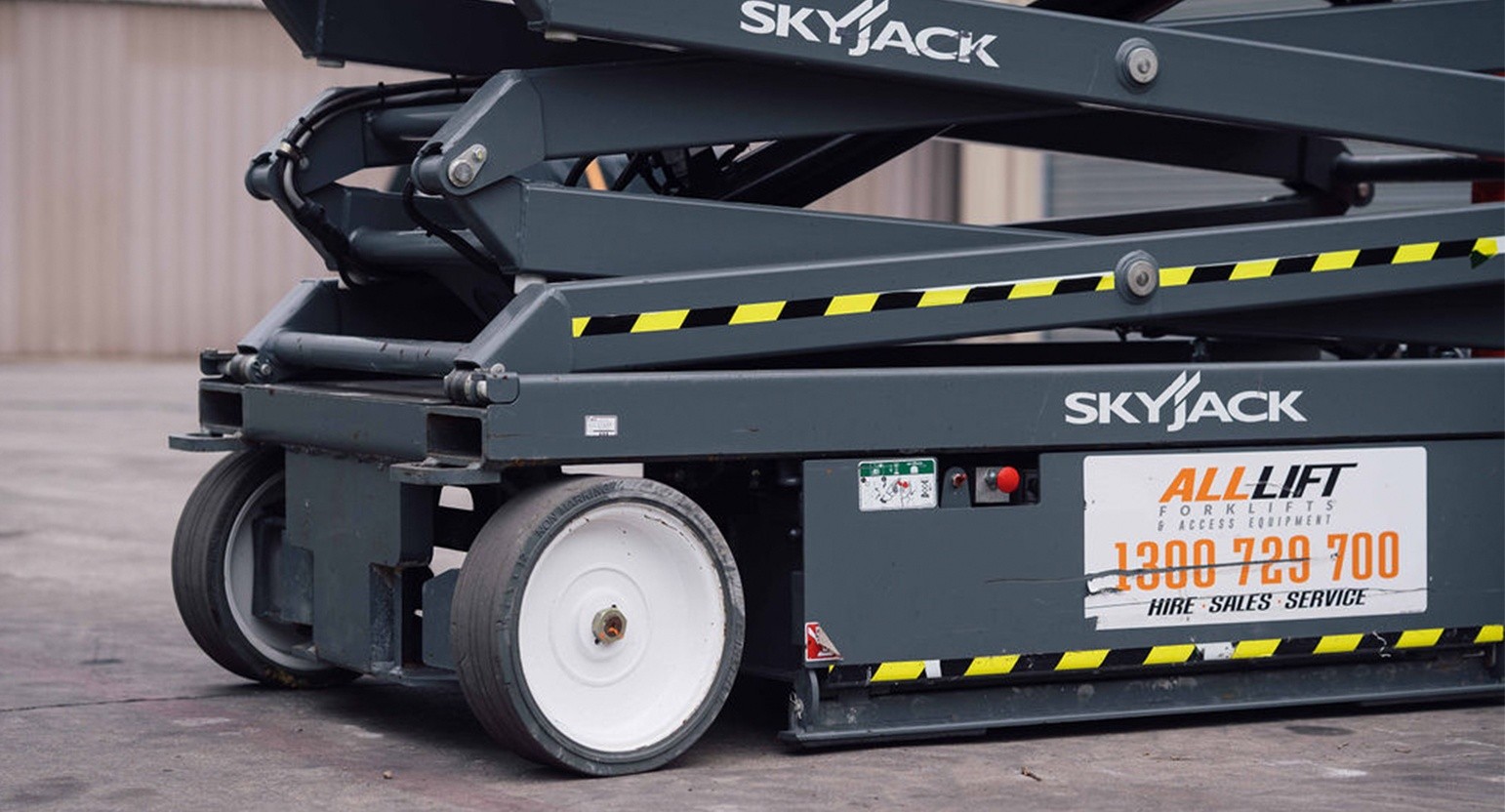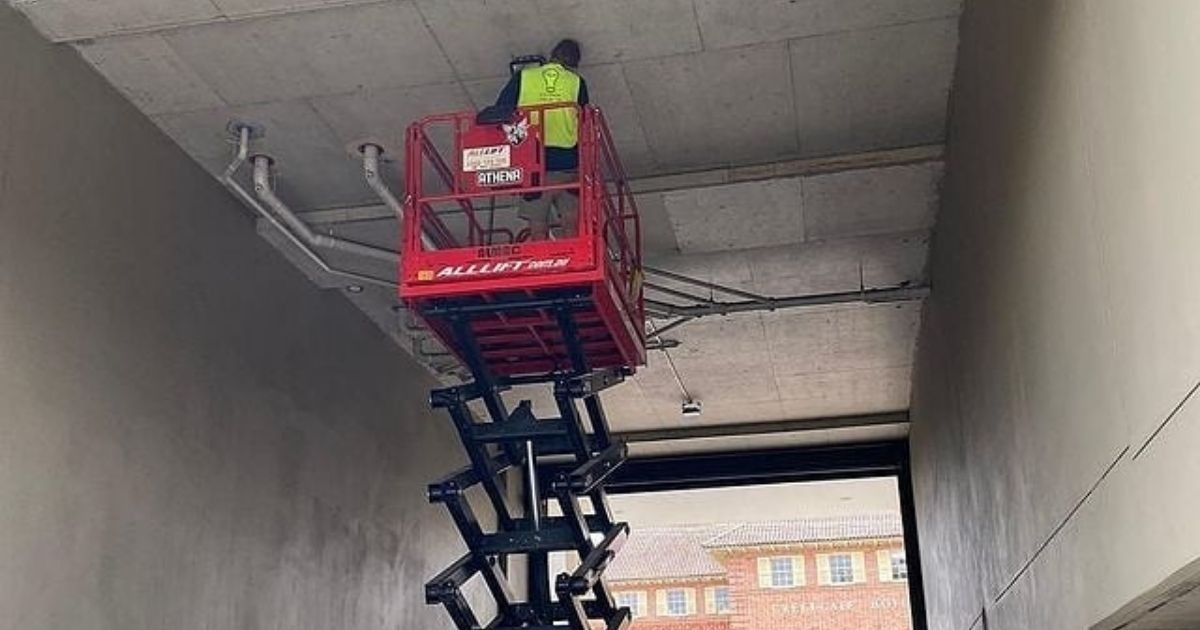Can a scissor lift fall over?
It might seem like a bit of a weird question to ask… It’s not really something you want to hear on the worksite, while you’re on one. Luckily though, the worksite isn’t the place it gets asked the most. It’s generally a question that comes up before it lands on a hire or buy, and it is asked commonly. For good reason. While a lot of machines have incredible reach & stability, the operator will be in the basket or platform, while the machine does the height work. This is why you need to make sure you are licensed to operate, have carried out your pre start checks, risk assessment and check that the machine in use is safe and correct for the application.
So, can a scissor lift fall over? Yes. Typically, operator error, adverse weather for outdoor worksites, machine fault or malfunction, being accidentally knocked by another machine or something substantial, and not being adjusted for terrain are the biggest causes. However, there are things you can do to ensure that this really dangerous accident does not happen on your site, ever.
Keeping your scissor lift safe from a fall is paramount.
Get a reliable scissor lift
Scissor lifts are improving in efficiency and safety standard technology all the time, and they’ve come a long way particularly in the past few years. Having a quality built scissor lift means that half your safety is taken care of before you deploy your own necessary checks and set up evaluation. LGMG scissor lifts were chosen by All Lift for this exact reason. In our years of experience, we have heard too many horror stories of things going wrong and safety is at the top of our priority list for all machines in our fleet. With that, the key features to look out for in a safe and secure scissor lift is:
- All Lift teletrack system (will accept licensed authorised operators only)
- Self-lock entry gate
- Intelligent diagnostic system
- Foldable guardrail
- Control system commonality with other electric scissor lifts (to avoid mistakes)
- Sturdy base for multiple terrains
Do your scissor lift safety procedure checks
As we’ve said, the quality of the machine is only half the job… There are manual checks or scissor lift safety tips you should apply to keep your worksite safe and OHS compliant. The most vital checks are:
- Check the environment. Scissor lifts need to be on a stable surface, so do not set up on soft areas and ensure there are no overhead hazards (such as powerlines).
- Identify and remove possible hazards on the worksite that could destabilise the scissor lift.
- Be diligent with weather updates if using a scissor lift outdoors. Clear and still conditions will ensure the safest use of the machine.
- Do not over-exceed the scissor lift’s weight capacity. These specs are not a suggestion, they are there for safety reasons as much as a boast on efficacy.
- Ensure your scissor lift is secure on its own; their job is to safely create reach capabilities, so they do not need additional scaffolding or assistance. This is a red flag for a scissor lift being used unsafely.
- Check that your operators are qualified, and carry out the appropriate safety precautions such as their own self-checks and wearing a harness where necessary.
Follow these checklists and use the scissor lift for its intended purpose only and the chances of your boom lift falling over significantly reduce if not disappear. All machines come with a risk, which is why we care so much about ensuring they are built for safety, and are always being used with safe operation at the forefront.
If you’re in the market for a quality scissor lift, contact one of our knowledgeable team members to find the right one for your needs.






